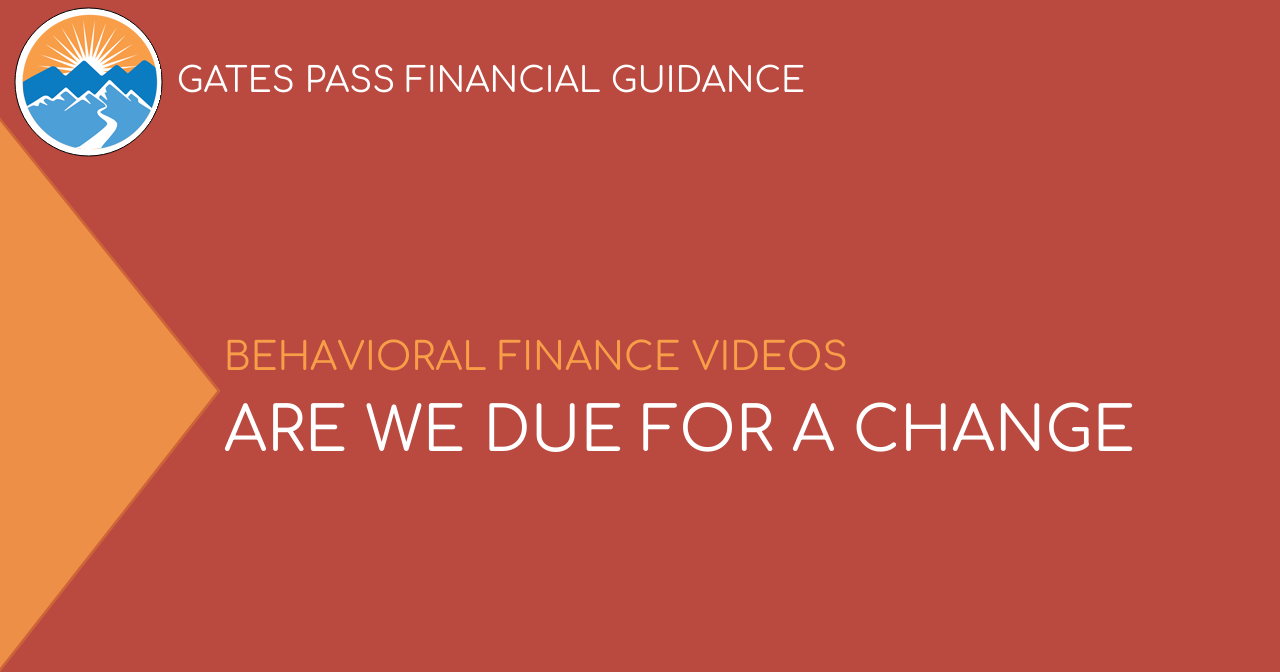Taking Care of Medicare in the United States
In the United States, Medicare can be a confusing subject to navigate, especially alone. With the annual enrollment period open from October 15th through December 7th, now is a good time to review current coverages as well as what’s available to you. Susan Lucas, a licensed insurance agent specializing in Medicare education and benefits, offers these six tips to those already participating in a plan or nearing age 65.
1. Medicare is not automatic for United States citizens
If you are not already receiving United States Social Security benefits, then Medicare does not automatically turn on at age 65. If you are not working, you should sign up about three months before your 65th birthday. If you are still working, you should seek advice about six months before your 65th birthday, as your employment type and current coverage will determine your Medicare options. Like Social Security, if you have worked 10 years or contributed 40 quarters, your Part A has been prepaid. However, you will pay a monthly premium for Part B.
2. Parts A and B are different
It’s very important to research and understand the parts of Medicare, and what’s covered and NOT covered in each. For instance, Part A covers inpatient hospital care, but not long-term care needs. Part B covers preventative care and basic medical needs, but does not cover vision, dental, or hearing – areas that could be crucial to those over the age of 65. Knowing what is and it not covered can help you plan for alternative options.
3. Be aware of penalties
If you do not enroll in Part B at age 65 and are not covered by other health insurance, then for each 12-month period you were eligible but not enrolled there is a 10% penalty added to your premium when you do enroll. What’s more, the penalty is permanent. Likewise, if you do not enroll in Part D at age 65 or have other creditable prescription drug coverage, then for each month you were eligible but not enrolled there is a 1% penalty added to your premium when you do enroll. That penalty is also permanent and can fluctuate as it is based on the national average premium for prescription drug coverage.
4. Your income may impact your options
For higher income earners, your premiums for Part B and Part D may increase. These are known as Income Related Monthly Adjustment Amounts, or IRMAAs, and are based on your tax return from two years ago. For 2022, the maximum income allowed on your 2020 tax return in order to pay standard premiums is $91,000 for individuals and $182,000 for couples. You can apply for exceptions to IRMAAs for several reasons, including loss of work or receipt of an inheritance that caused a one-time increase in income. Conversely, for lower income earners, an assistance program like Medicaid may be available.
5. Review your options each year
Premiums, doctors, and prescription drug plans can and do change. It’s crucial to review your plans each year during the open enrollment period to see if any changes need to be made.
6. Supplement Insurance and Advantage Plans can help
Medicare Supplement Insurance, or Medigap, is sold by private insurance companies and can help fill in gaps in Medicare coverage for things like copayments, coinsurance, and deductibles. If you live in more than one place each year in the United States, Medigap can offer you flexibility to see doctors in both locations.
Medicare Advantage Plans, sometimes called Part C plans, are offered by private insurance carriers that take over administration of all your benefits, including your Part A and Part B plans. Most also include Part D plans all in one package. While Medicare Advantage Plans typically have lower premiums, in most cases, you will have less flexibility and be limited to a specific network and service area. However, these plans can have additional benefits above what’s required by Medicare, such as vision, hearing, and dental.
Open enrollment is the perfect time to review your premiums, covered doctors, and medication lists to see if any changes are needed. If you have any questions or would like help, use the Contact link at the top of the page and we will be glad to help connect you with Susan. At Gates Pass, we can help you optimize your Medicare benefits so you can live your best day, every day.
If you would like to speak with Esther or Erik about this subject or any other related personal financial matter:
ESTHER SZABO
CFP® , Certified Financial Transitionist®
Founder and CEO, Gates Pass Advisors
BOOK A CALL with ESTHER
ERIK SCHEI
CFA, Certified Financial Transitionist®
Associate Advisor, Gates Pass Advisors
BOOK A CALL with ERIK
| Categories:




